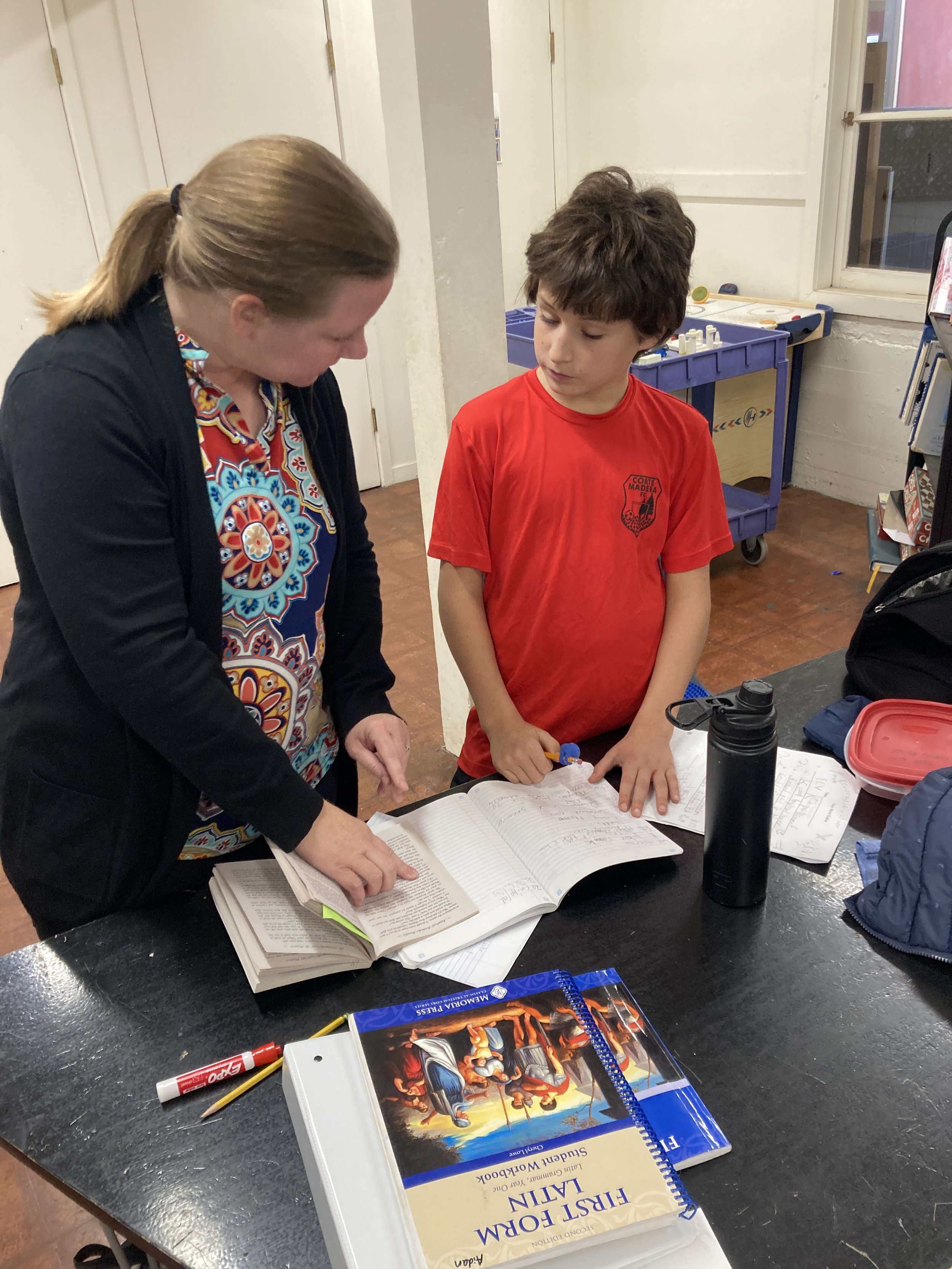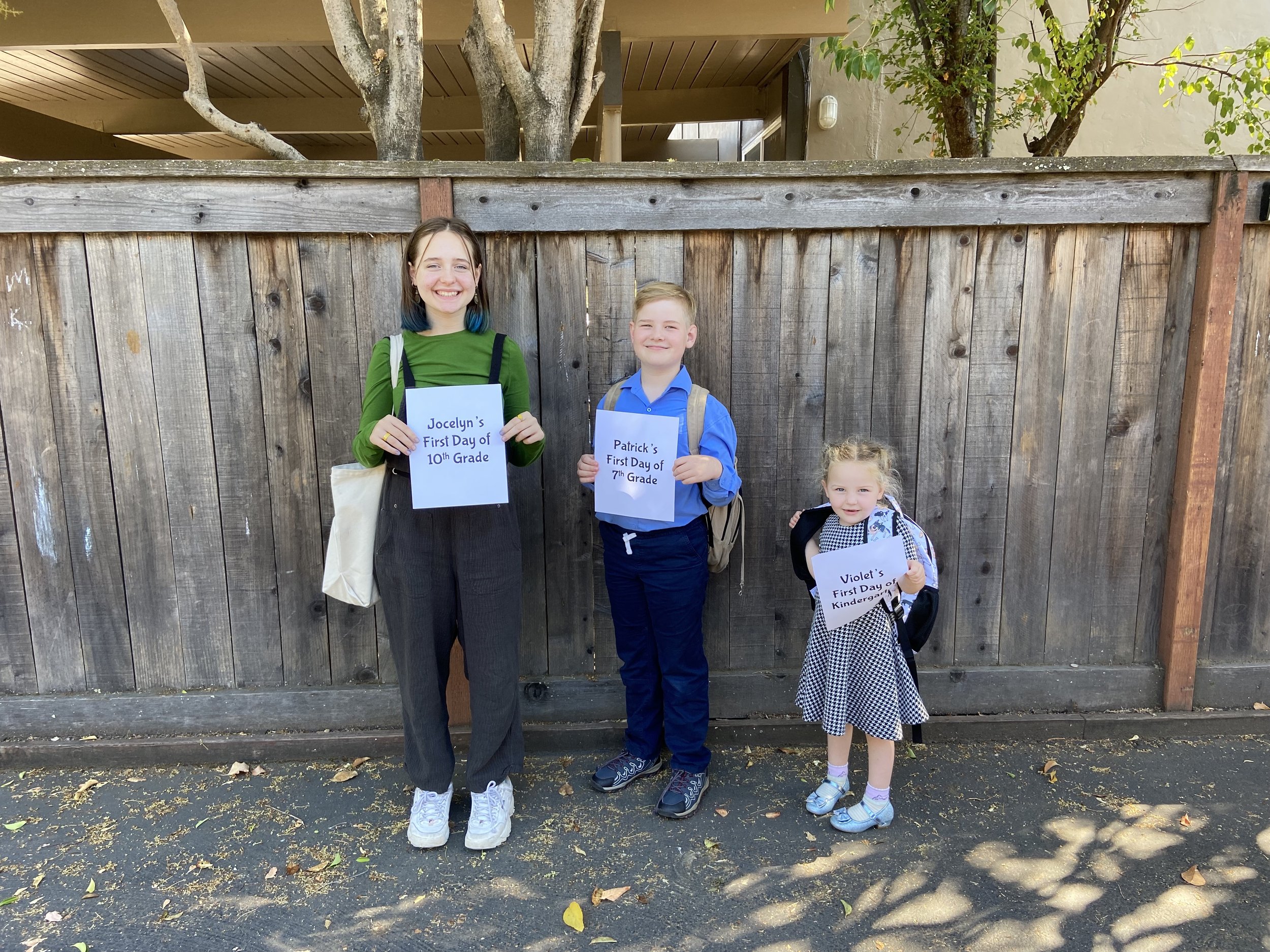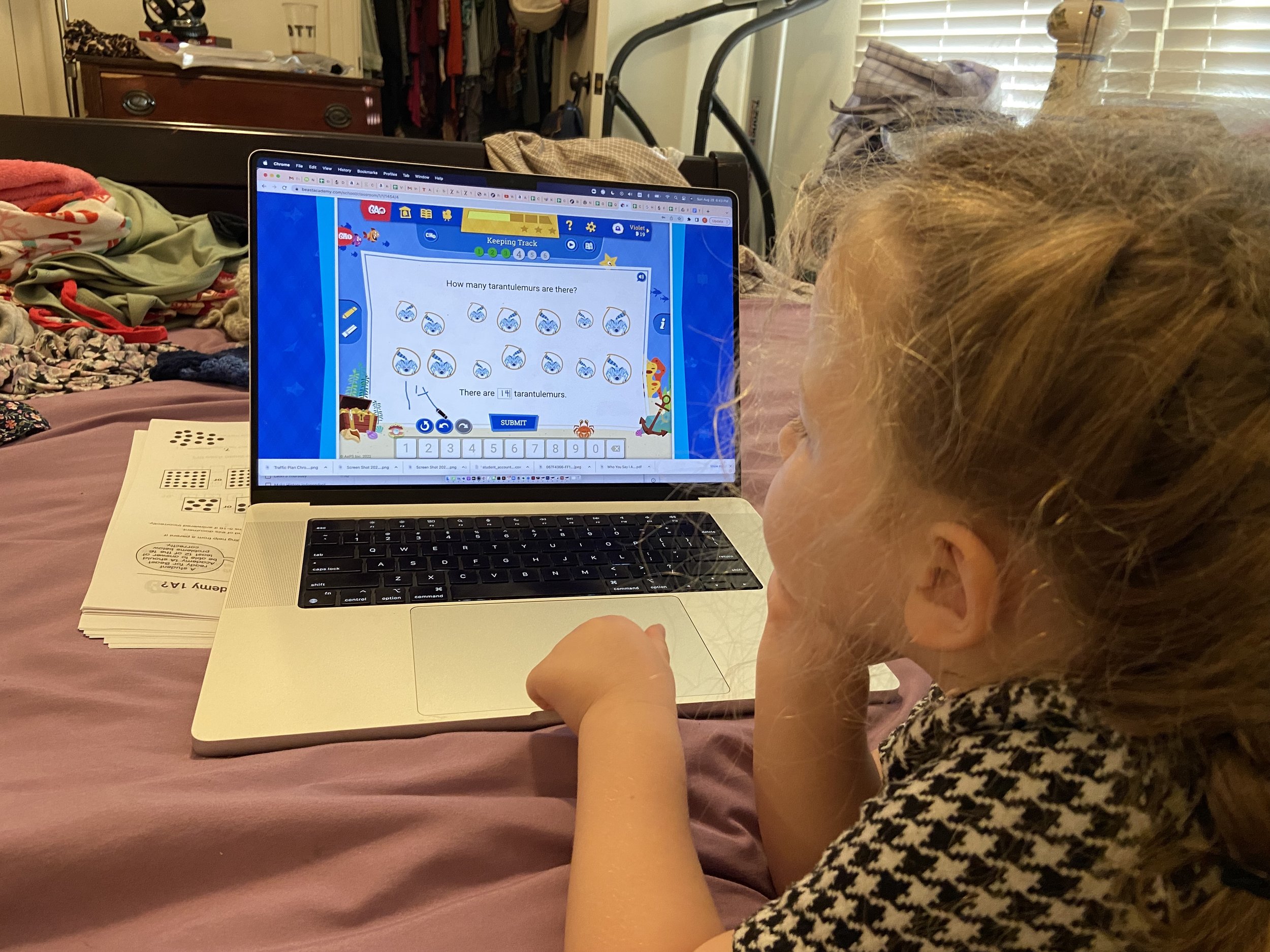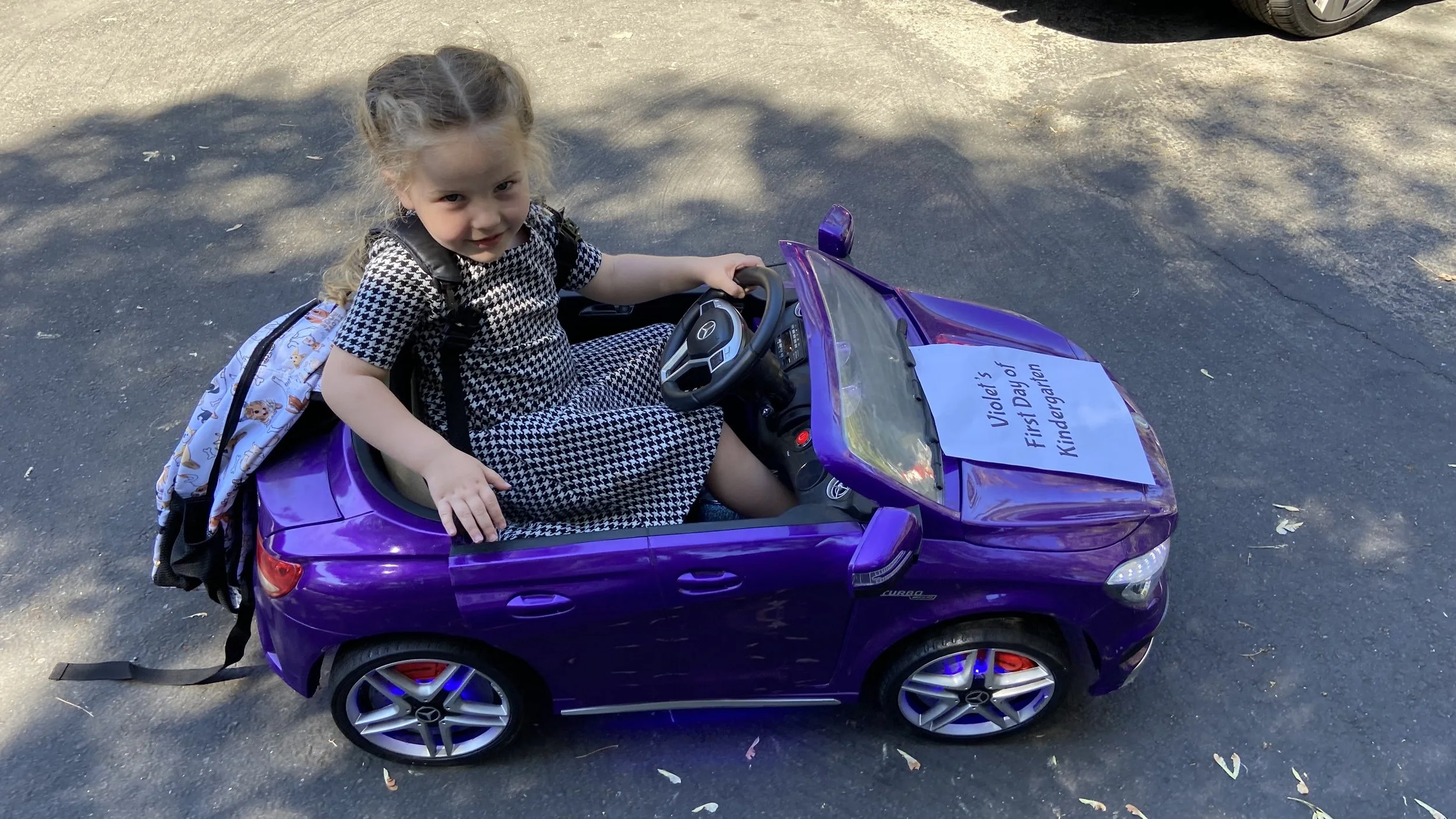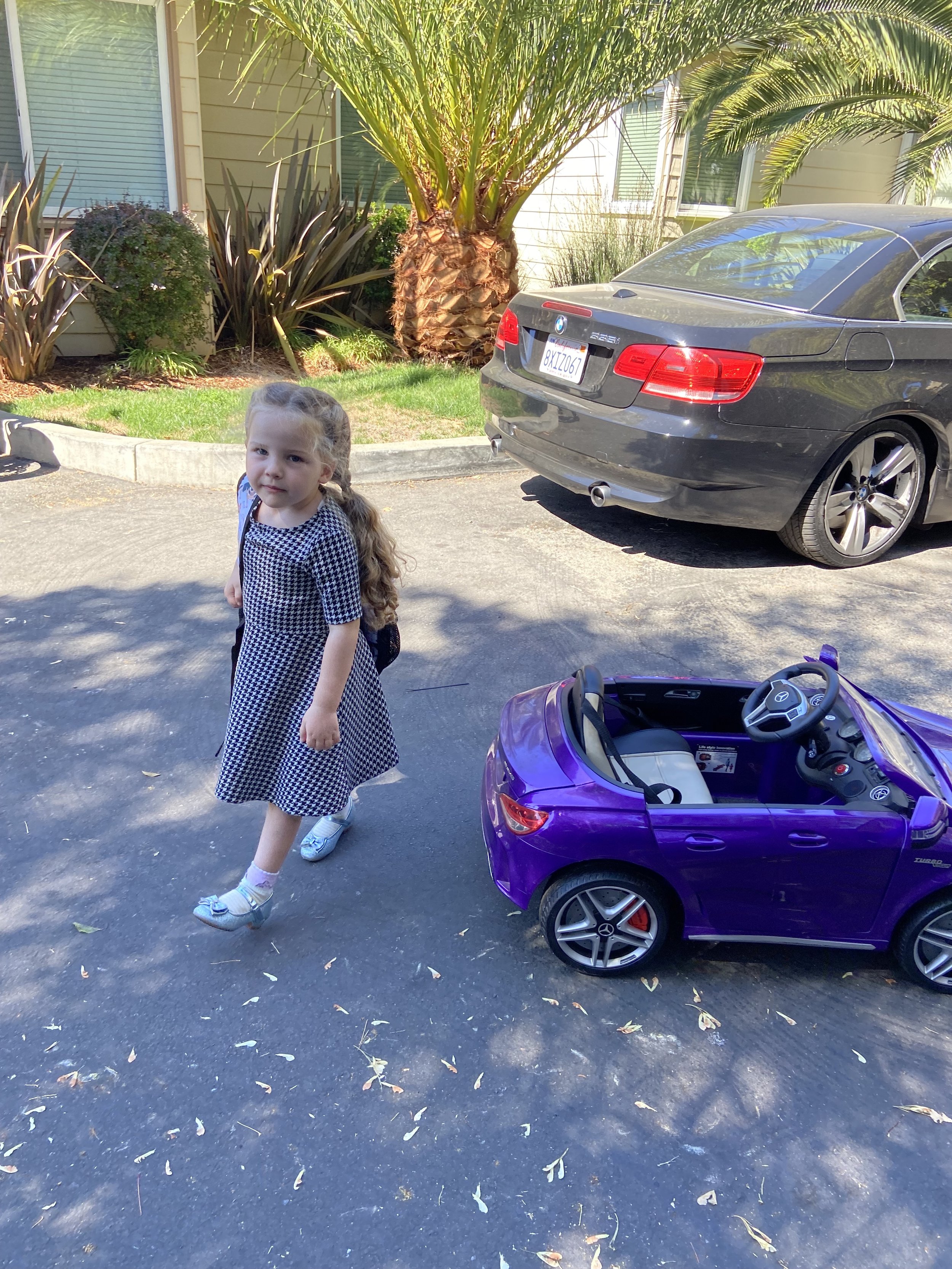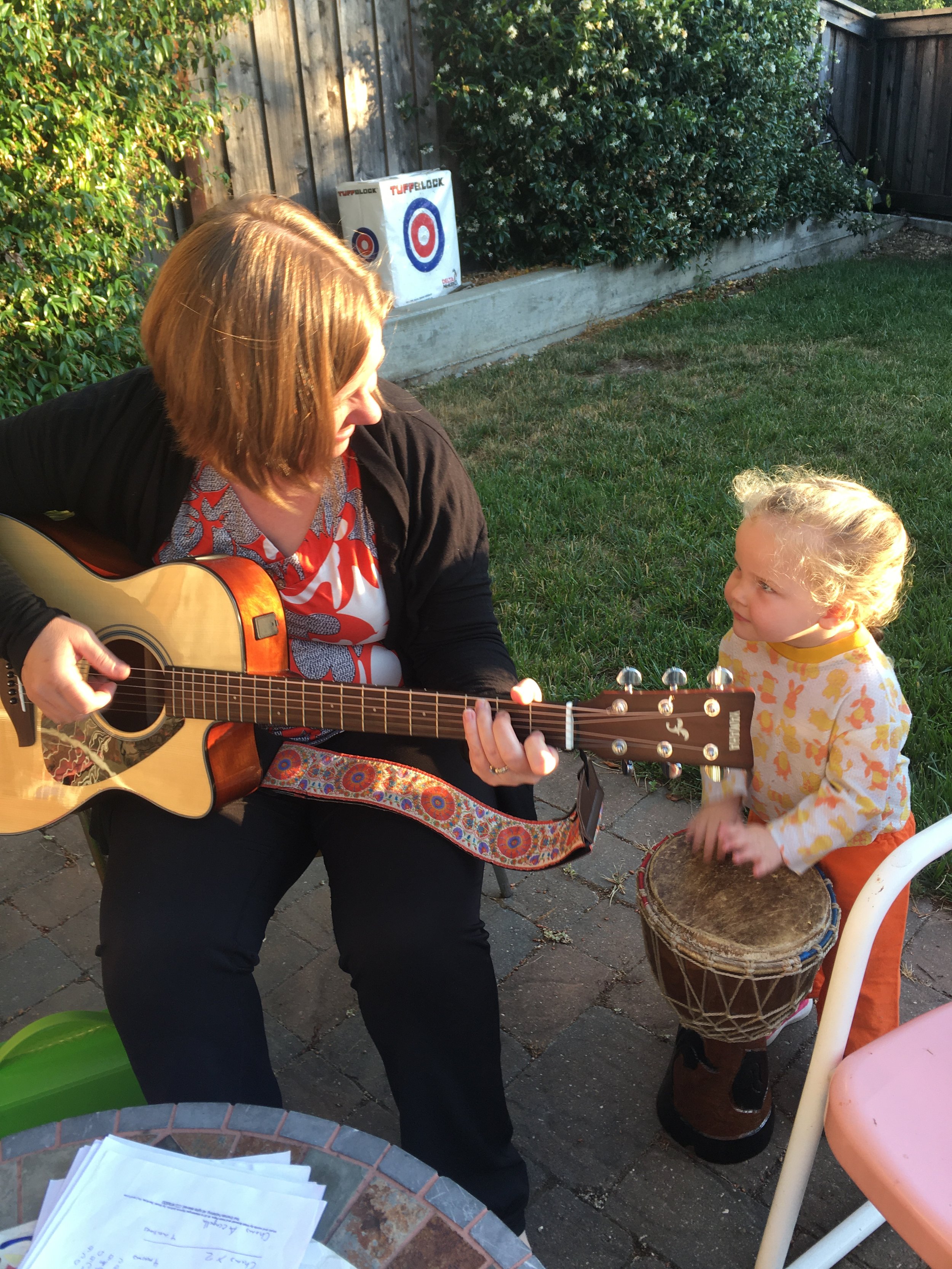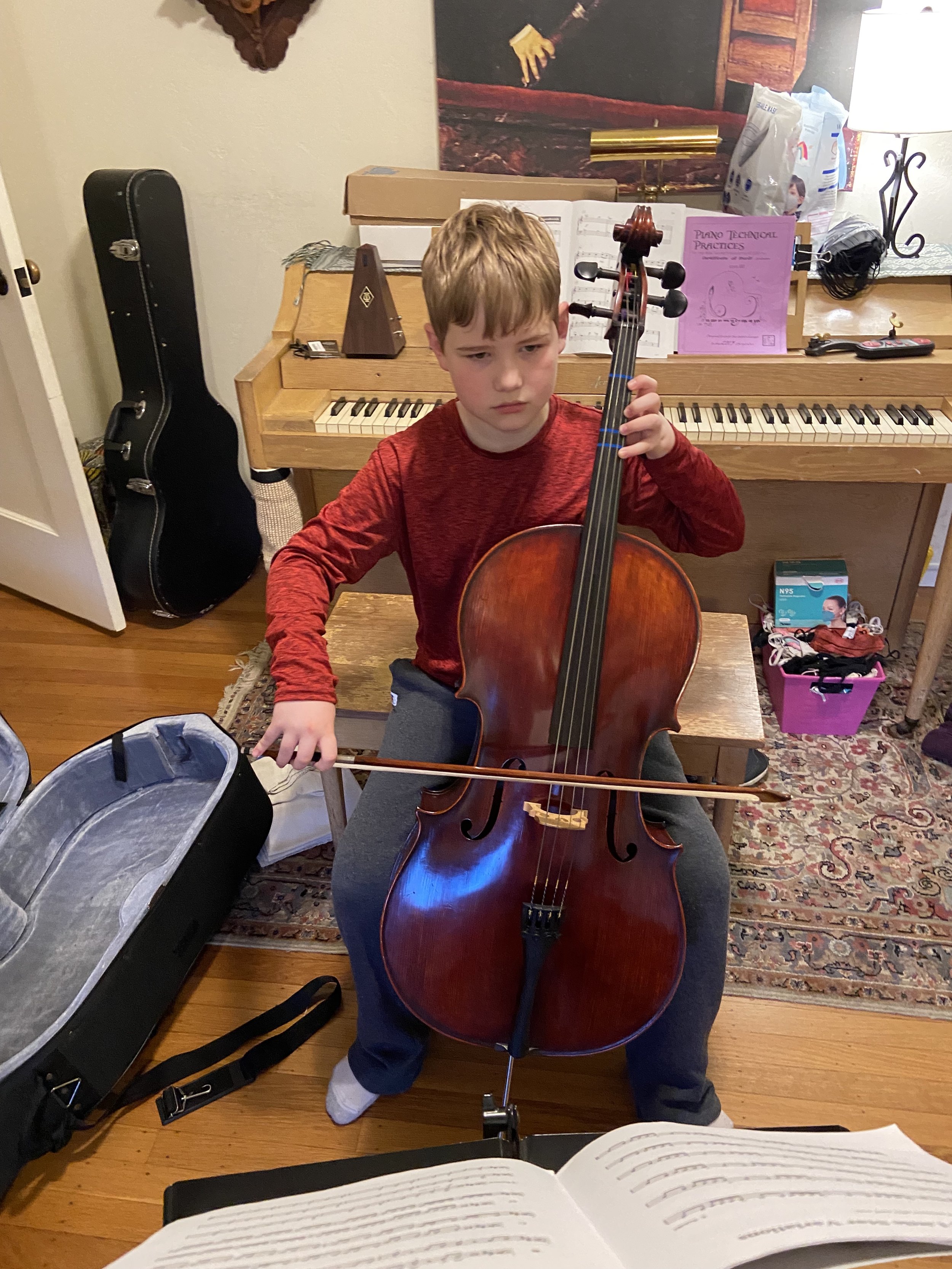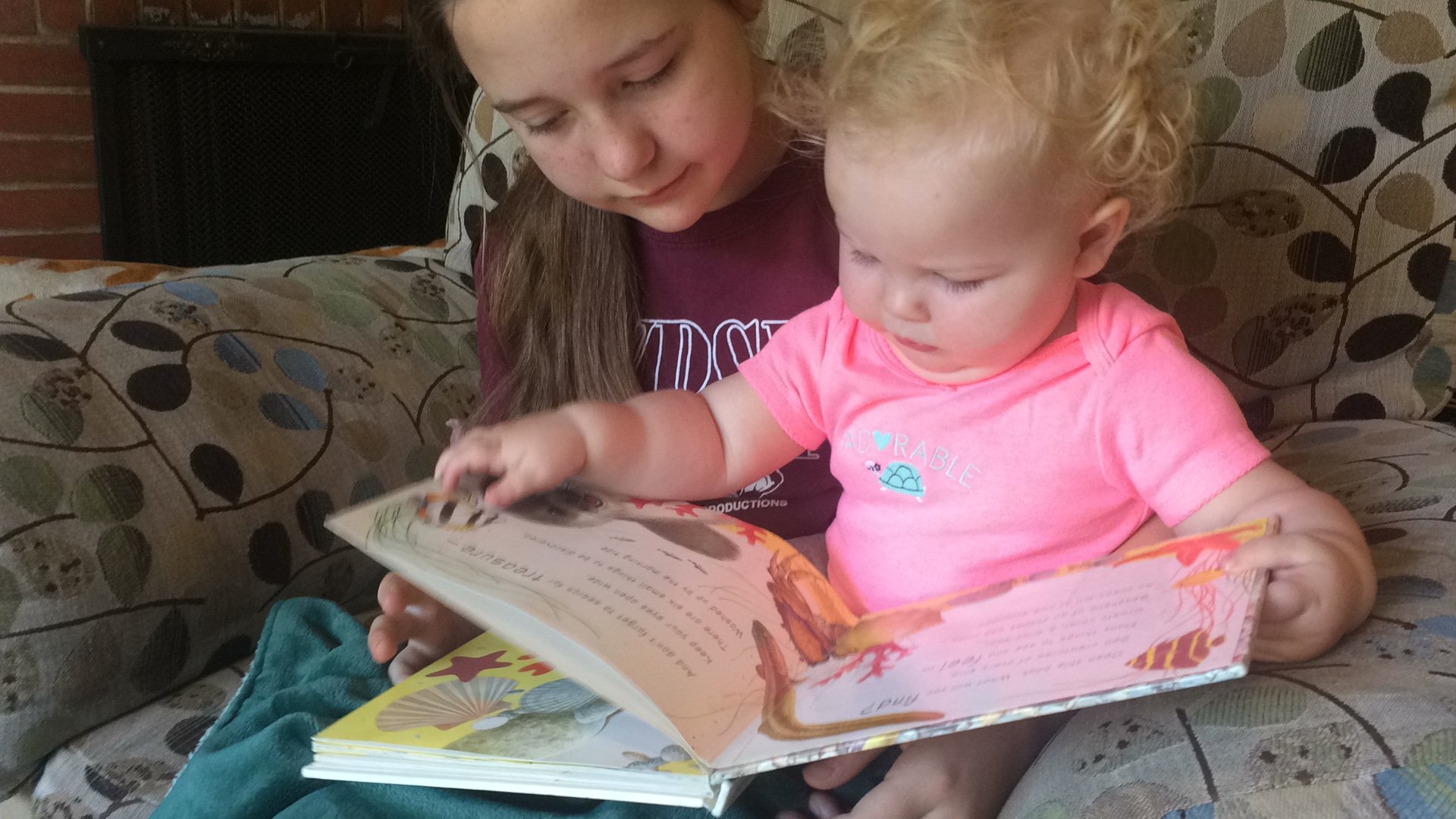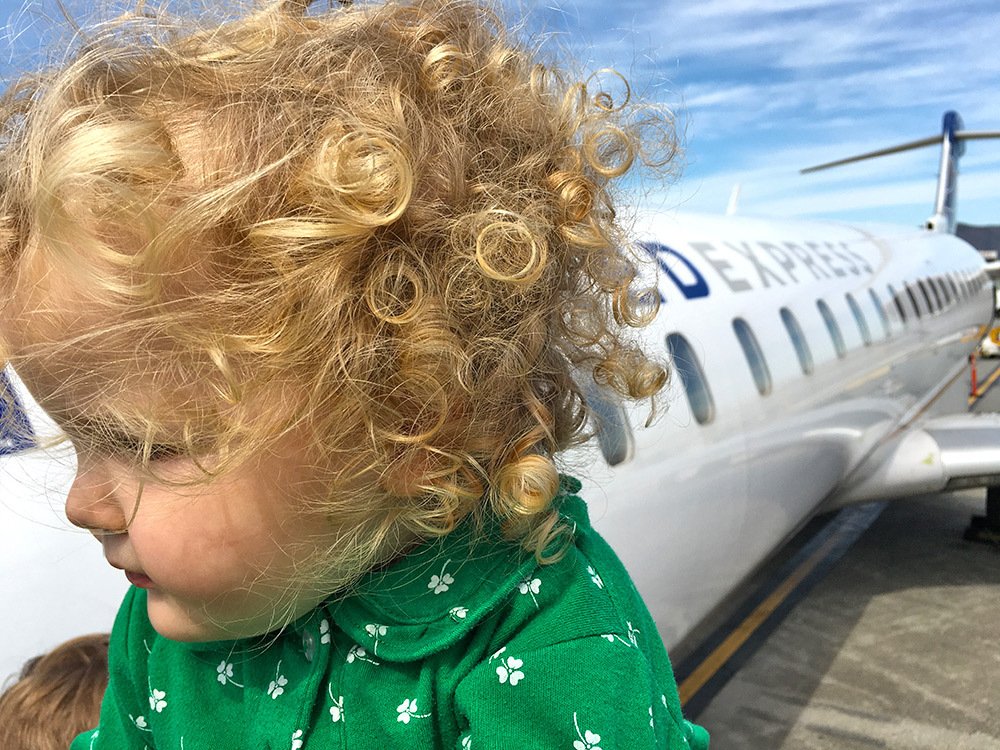The World Needs Gifted Girls
/Growing up, I loved math. To me, it was a game with a complex rule set that I could win! I just knew the answers, often faster than everyone else, and found myself competing with several boys for the top score each test. I worked hard for my A in that class, but it wasn’t fulfilling and it even felt selfish. As I planned my schedule for senior year, I opted to use my extra electives for psychology and sociology instead of math. My teacher called me out of another class to challenge my decision. Naively, I insisted, “I don’t want to pursue a career in math; I want to help people.” I never took another math class.
Our seven-year-old daughter amazes us every day. In kindergarten, we started her on first grade Beast Academy, an online math program for accelerated learners; she couldn't get enough. She’s picked up piano and now violin twice as fast as her older siblings. Daily she wows us with deep scientific questions and incredible insights of how the world works! She’s proud of her accomplishments and unhindered by the opinions of others.
Her sister, almost exactly ten years older, is now a junior in high school. Both girls have tested at a gifted level, but today they present their abilities very differently. Ten years ago, she was just as driven, confident & unhindered, but our high schooler is much more committed to helping friends than completing schoolwork, and she just doesn’t have the same academic drive that she used to. Instead she studies people. She psychoanalyzes her classmates and counsels friends in need with empathy and wisdom beyond her years. She’s clearly using her intellect in a new way, but she no longer sees herself as gifted. So what changed?
One likely factor is self-evaluation. The confidence of all girls plunges 30% between the ages of 8 and 14, much more dramatically than boys and with a much slower recovery. Studies show that tween girls often grow more unwilling to take risks, more reluctant to speak up in class, or hesitant to try something new.
Gifted girls…have abilities urging them forward, prompting them to explore all that education has to offer, yet education does not run to meet them
Gifted girls have an even harder time. In her article for the Davidson Institute, Dr. Joan Smutney digs in, “Gifted girls…have abilities urging them forward, prompting them to explore all that education has to offer, yet education does not run to meet them.”
Girls' competitiveness often yields to empathetic collaboration so they may even avoid success because they don’t want to differentiate themselves. Girls, in general, prioritize relationships and often change their behavior to fit in. “The Horner Effect” describes a fear of success causing girls to purposely hold back because of a more acute need to please others. I was incredibly unpopular among girls in school; perhaps it was because I was willing to put my energy and enjoyment into math?
Similarly, girls are notoriously eager to please teachers, so if they finish their work early, they likely wait patiently, whereas gifted boys struggle with misbehavior when they get bored. As a result teachers often underestimate the abilities of gifted girls, heuristically training their attention on children who might make learning a problem for the rest of the class.
Societal gender biases work against gifted girls as well. Parents often reinforce humility and politeness in girls but assertiveness and competition in boys. They are more likely to explain away their abilities due to luck or an error on the part of the evaluator. This “Imposter Phenomenon” pressures girls to explain away their success since it contradicts their self-image and social expectations. The TV series Bones features Dr. Temperance Brennan (“Bones”) who often claims her expertise by candidly stating her status among others in her field. When her supervisor offers that she is “the leading forensic anthropologist in the nation,” Bones corrects, “in the world,” and the other characters cringe. Socially impaired, she lacks the programming that states it is unacceptable for a woman to take credit for abilities or even accomplishments.
Researching this article has forced me to face my own biases, missed opportunities and “selfless” priorities. A decade after I swore off math in high school to “help people”, I found myself drawn to teaching over and over again. And the biggest need? Math. I’ve eaten my words for 20 years since, as I’ve taught math at our school and tutored math in the evenings, helping dozens of girls gain confidence in this male-dominated field. Why couldn’t I realize that doing what I was gifted in could actually help people? How far could I have gone in math? And how much more could I be giving!
So, join me in empowering girls to develop the skills they’re good at, instead of denying themselves to fit in or help others. We’re not going to make girls more competitive or less polite, but maybe we can show gifted girls how developing their gifts can benefit others. Giftedness is not only a gift received but a gift to give. If they spend their school years developing it as much as possible, when they share it, gifted girls will inevitably make the world a better place!
Let’s continue the conversation about gifted girls & boys. Learn how to choose the right school for your gifted child and to advocate for his or her intellectual and social needs this Thursday May 23 at our Zoom panel discussion: Education to Nurture Your Gifted Child.
Consider joining or supporting a local organization that empowers girls!
Girls Scouts
Marin Girls Chorus
Girls Who Code
Recreation Center Sports
Single Gender Schools
Originally published in Southern Marin Mothers Club The Crier.





















